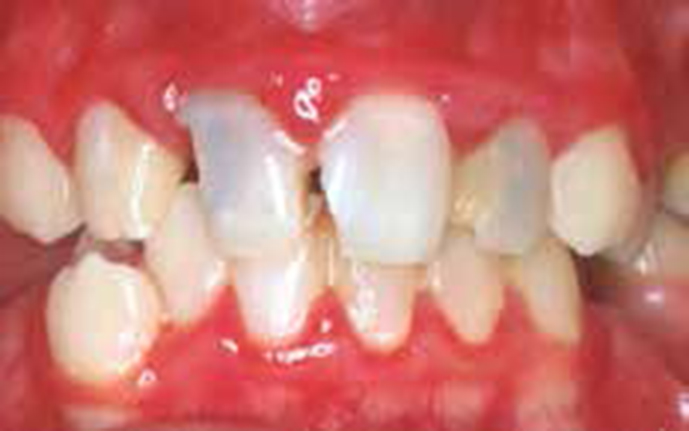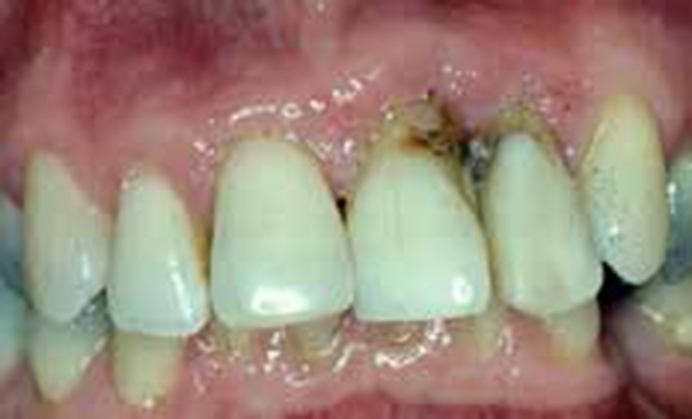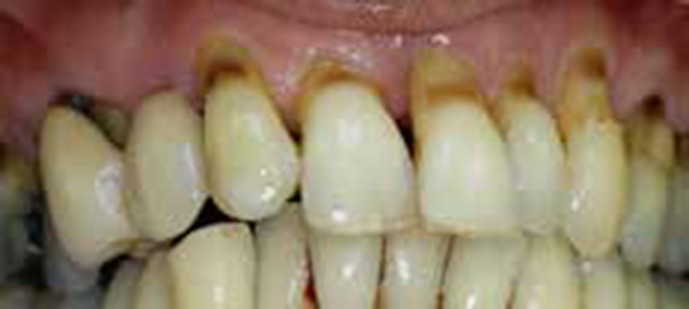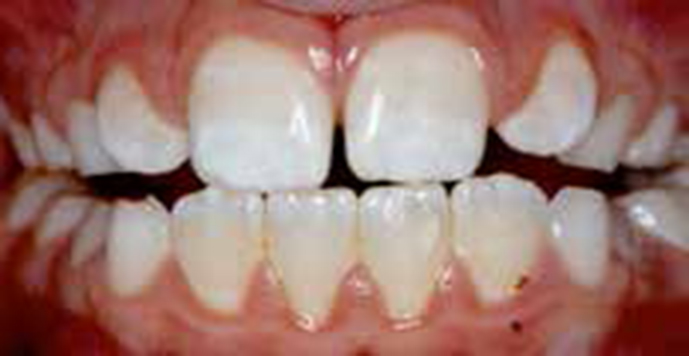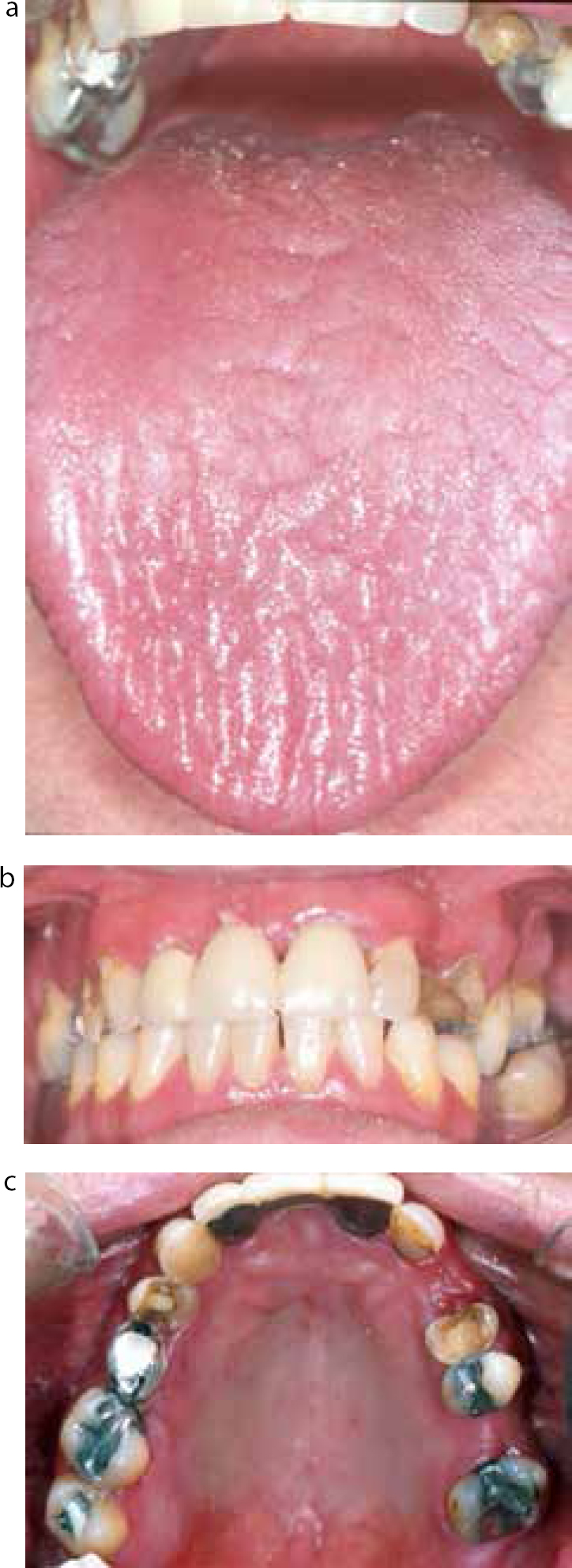Abstract
This article will review the anticaries, antihalitosis and dry mouth relief efficacy of mouthwashes. Fluoride mouthwashes may provide an additional benefit to toothpaste and gel in children with a high risk of dental caries, but toothpaste alone may be a more acceptable mode of delivery. There may be a beneficial effect of fluoride mouthwashes on caries levels in older adults, particularly those at higher risk of root caries. The available data of the antihalitosis effect of mouthwashes neither supports nor contra-indicates their use. The key area where a mouthwash may be of use in the treatment of patients with a dry mouth is through the anticaries effect of fluoride.



